
Photo by Robert Horobin, Unsplash.


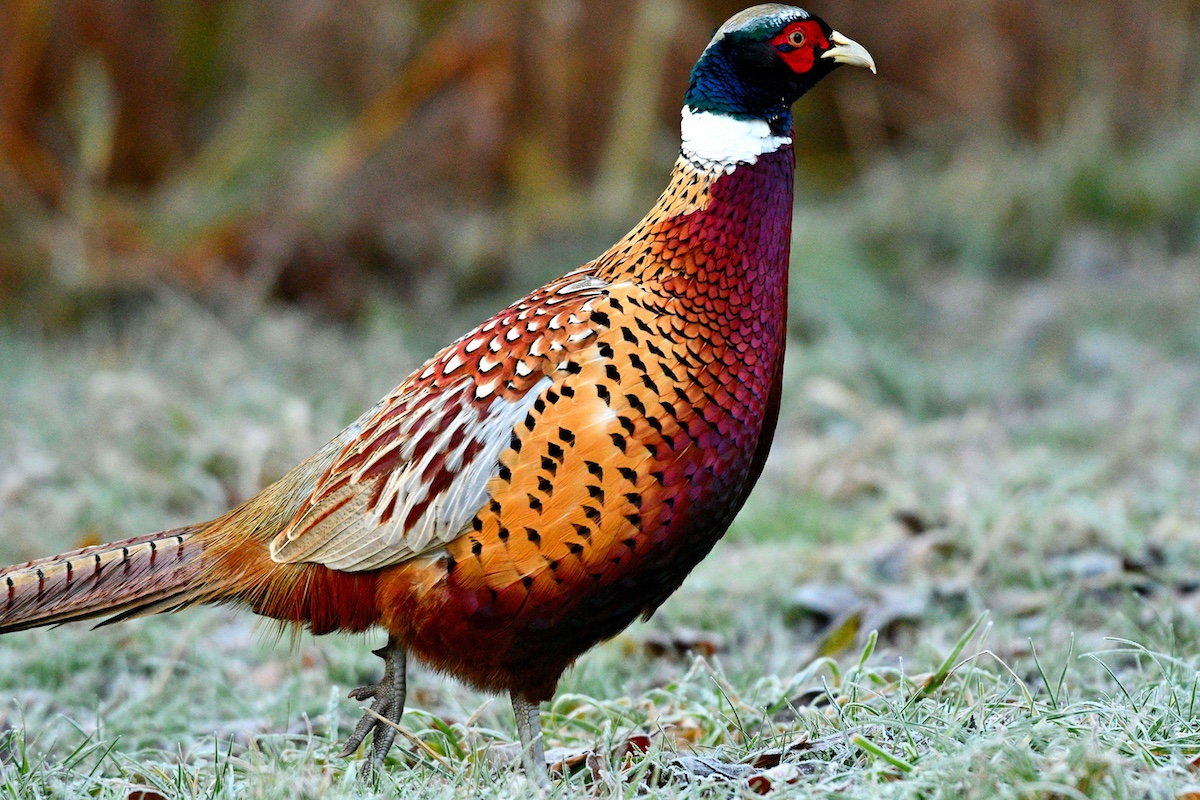

Photo by Robert Horobin, Unsplash.
With the unseasonably warm temperatures and dry weather that we’ve experienced throughout much of this fall, it’s hard to believe that the upland bird and rabbit seasons are upon us. The 2025-26 season openers fall on Saturday, November 1, with the bobwhite quail, ring-necked pheasant and Hungarian partridge seasons concluding in the North Zone on January 8, 2026, and the South Zone on January 15, 2026. The statewide rabbit season concludes on February 15, 2026.
There were no changes made to the statewide regulations for these species for this year, with license and stamp requirements, hunting hours, bag limits and possession limits carrying over from those seen in recent years. For public land hunters, it is always advisable to check in, annually, at the site pages on Hunt Illinois website to check for any season closures or site rule changes at your preferred hunting locations.
Also, while in the field, keeping a paper or digital copy of the latest Illinois Digest of Hunting and Trapping Regulations on your person or phone, is always advisable.
For those who applied for a Free Upland Game Hunting Permit for this season, as a reminder, the Illinois Department of Natural Resources (IDNR) no longer contacts successful applicants, so you must check the status of your application. Also, successful applicants must print out their own permit. Permit recipients need to keep an eye out for a letter from the Illinois Natural History Survey (INHS), as the letter contains instructions on how to access the online hunter survey, where the permit recipient must report hunting information and harvest details for their hunting group. The information collected in this survey is vital to guiding future management decisions and hunting quotas for the sites under the permit hunts, so your cooperation in reporting accurate information is needed and appreciated.
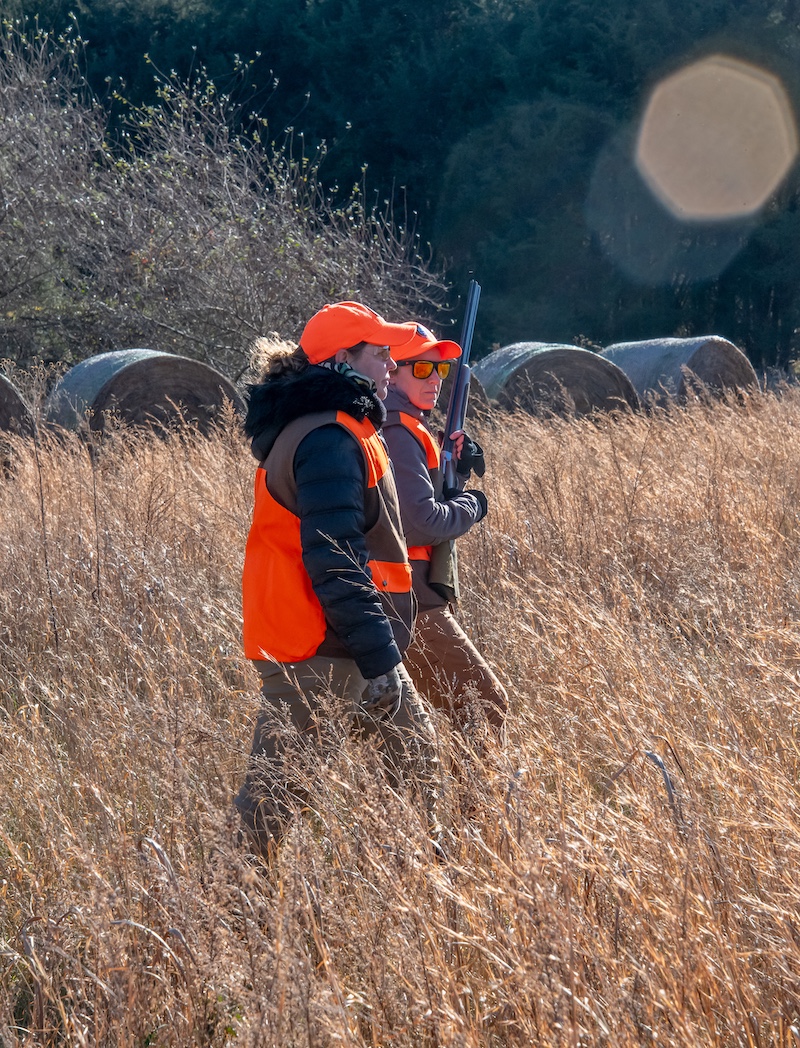
What follows is a brief hunting forecast for bobwhite quail, ring-necked pheasants and cottontail rabbits. More detailed status reports for these game species can be found at the Upland and Small Game page on the Hunt Illinois website. What is important to note is that these species continue down long-running paths of decline. Although many variables have contributed to these declines, the primary driver continues to be widespread habitat loss, degradation and fragmentation. The fewer acres of habitat available, and the worse the quality of what remains, the more these species will struggle to exist at huntable numbers. These species need a widespread, concerted effort to increase and improve their grassland and shrubland habitats, and we all must pitch-in to make that happen. The benefits of doing so go well beyond just these game species but extend to numerous struggling species of grassland birds and insects (monarch butterflies for example), but it also improves our surrounding environment, enhancing air and water quality and soil health.
Nationally, our best tool to stabilize these species and provide a chance to reverse these trends is the suite of conservation programs covered under the Farm Bill. Specifically, the Conservation Reserve Program (CRP) is the biggest driver of grassland habitat in Illinois. At the time of this article’s authoring, the 2018 Farm Bill, which had been extended several times over following its initial expiration in September 2023, has lapsed due to Congress’ inaction. There is much uncertainty about the future of this legislation and the important conservation programs it supports. Without a new Farm Bill, one built with a strong focus on conservation, the future of our grassland species is in question.

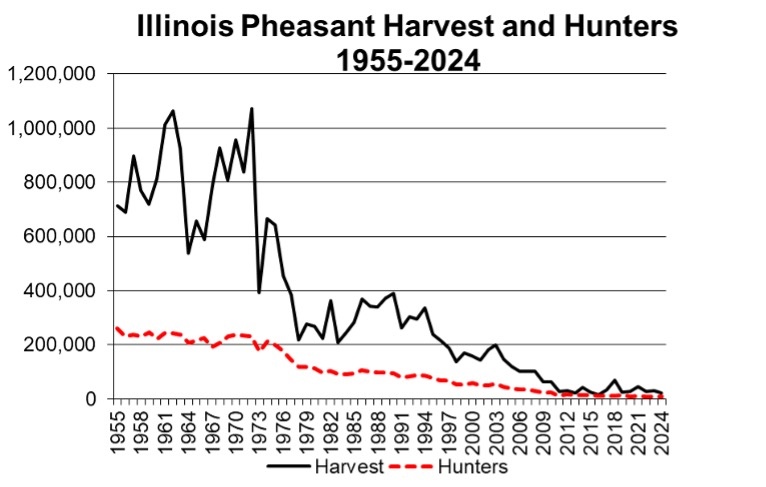
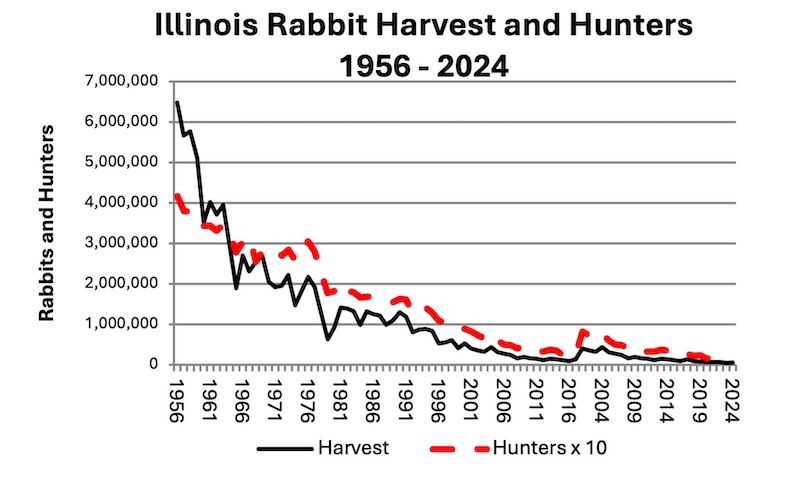
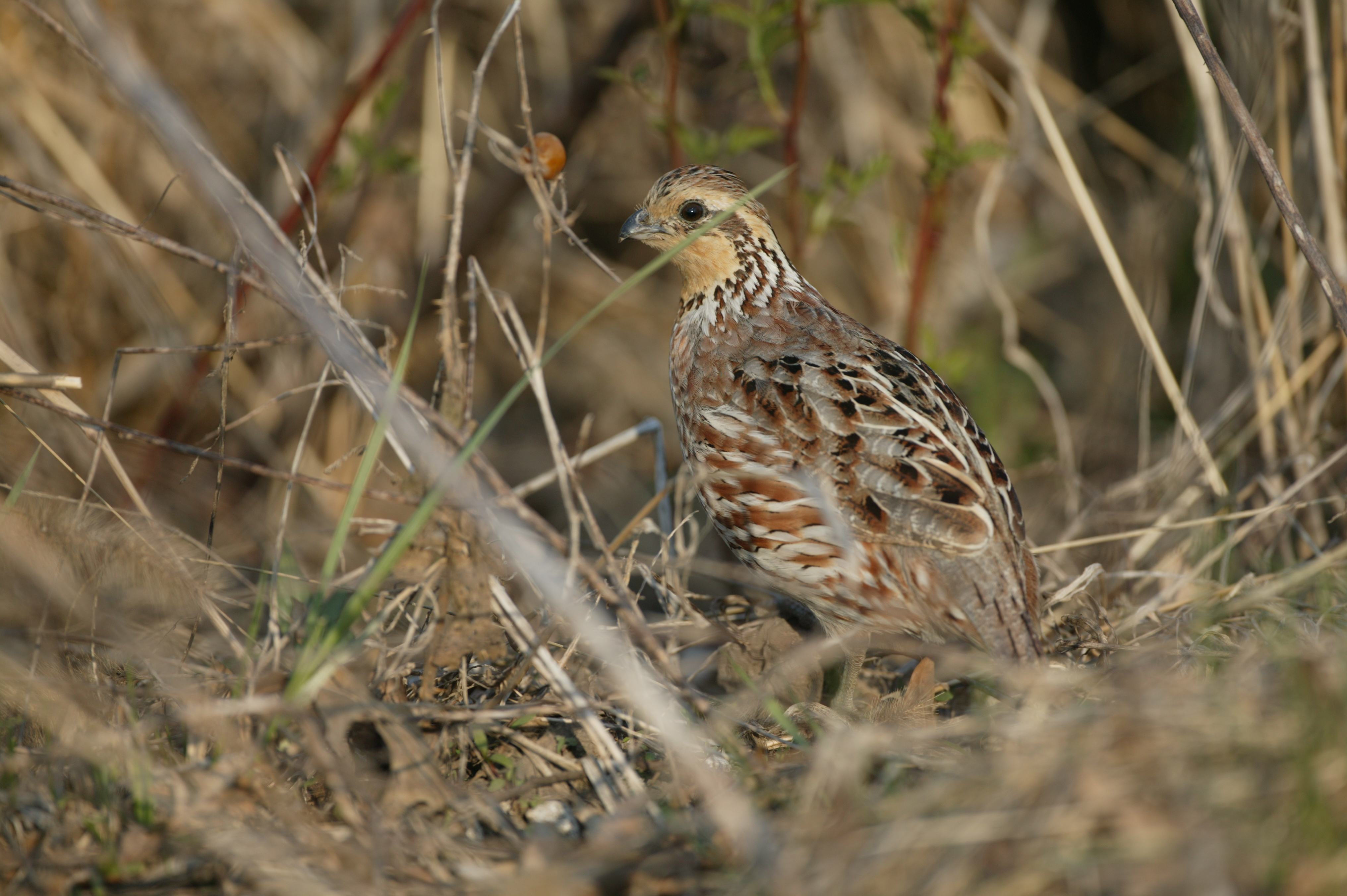
Outlook is ‘Fair.’ Preliminary results from the 2024-2025 Hunter Harvest Survey pointed to a bump in quail harvest last season, aligning with population increases evidenced by field reports and the Upland Bird Route survey results from 2024. The Hunter Harvest Survey estimates that 4,351 hunters harvested 6,216 wild quail, which was an increase of approximately 2,600 quail harvested as compared to the 2023-2024 Survey.
From May through July, IDNR biologists annually conduct the Upland Bird Route survey to track and assess grassland bird population trends, including quail and pheasants. After a sizable bump in quail numbers in 2024, observations from this year’s survey were again positive for quail and align with field observations from our staff and the public.
Biologists observed 0.55 quail per stop/route, which was a slight increase (3.6 percent) as compared to the 2024 survey period. Quail were observed at 25.9 percent of the stops (there are 20 survey stops per route), which was slightly down (1.2 percent) as compared to last year.

Outside of a rough stretch in January where much of the state remained below freezing and covered by snow and ice, last winter was mild, which led to high over-winter survival rates throughout much of the state. Across the southern third of Illinois, which saw significant ice accumulations, winter mortality was likely greater than hoped, negatively impacting quail numbers heading into the nesting season.
Mild temperatures and good precipitation throughout the spring set up much of the state for good nesting and brood rearing conditions for much of the summer. Above average temperatures through September and into October may have extended the quail nesting season this year, though the subsequent droughty conditions may have negatively impacted brood survival from those late nests.
Expect good hunting in areas of exceptional habitat, while also the possibility of finding more coveys than in recent years in more marginal stands of habitat, and also in areas often considered pheasant country.

Outlook is ‘Poor to Fair.’ Preliminary estimates from the 2024-2025 Hunter Harvest Survey were discouraging for pheasant hunters, with pheasant harvest (22,844 wild birds) down 24 percent from the 2023-2024 pheasant harvest (30,106 wild birds).
The Upland Bird Route survey also revealed negative trends for pheasant populations, with observers recording an average of 0.50 pheasants per stop/route, which was a decrease of 6.9 percent as compared to the 2024 survey. Also, the percentage of stops where birds were observed was down 6.5 percent as compared to the 2024 survey, with pheasants occurring at 23.2 percent of the stops.

Much of the pheasant range experienced heavy snow cover in January and into early February, which may have impacted survival, although the amount of snow and cold was still below average. For the 2024-2025 winter, which was fairly mild for most of the season, any increase in winter mortality experienced is less a product of the weather and more an indication of poor habitat, in particular thermal cover condition and availability.
Mild and wet conditions continued through spring, setting pheasants up with good nesting and brood rearing conditions, although localized, heavy rain events coupled with severe storms in May and June may have negatively impacted initial nesting attempts across portions of their range. Nesting conditions improved in July, so there is potential for some production from renesting attempts by hens.
Where you can find great habitat (well managed CRP and in particular, acreage enrolled in SAFE), expect some decent hunting opportunities, but don’t expect to see many pheasants in marginal habitat.
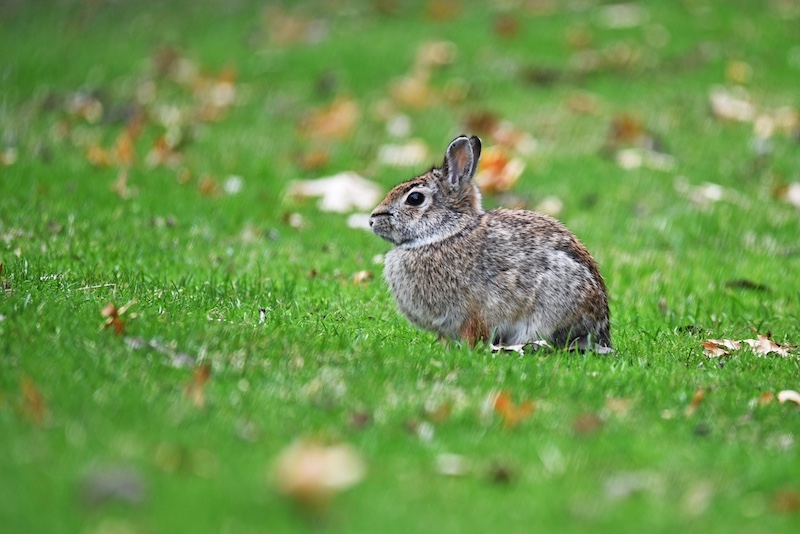
Outlook is ‘Fair.’ IDNR biologists annually conduct a road-kill survey to provide an index for rabbit and furbearer populations. During the months of June and July, biologists recorded the number of road-killed rabbits observed per thousand miles travelled. This year’s index for rabbits was 1.81 rabbits/thousand miles, which was 13 percent greater than the 2024 index.
The positive index trend aligns with the preliminary results from the 2024-2025 Hunter Harvest Survey, which estimates that 11,655 hunters harvested 53,770 rabbits last season, which is up from the estimated 46,020 rabbits harvested during the 2023-2024 hunting season.
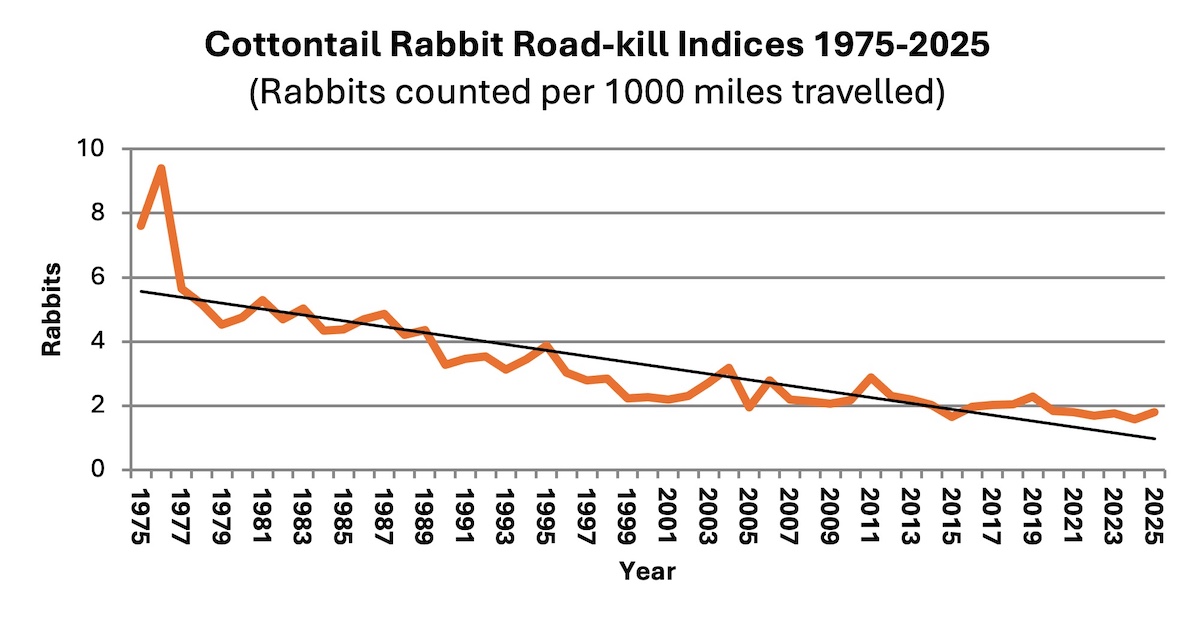
Where hunters can find tracts of great habitat, the hunting will be good. In comparison to the past few hunting seasons, hunters may also expect to find more rabbits this year in marginal habitat. For the best chance of success, target brushy cover and brush piles within and around CRP fields, un-mowed grassed waterways, and retired, overgrown fields and pastures.
Have a safe and enjoyable hunting season.
Don Kahl is the Agricultural and Grassland Wildlife Program Manager for the Illinois Department of Natural Resources’ Division of Wildlife Resources.
Submit a question for the author